How to disconnect a washing machine—our step-by-step guide for safe relocation or installation
Disconnecting a washing machine is simple with the right approach. This guide helps with step-by-step instructions, tools, precautions, and expert advice for a safe disconnection.
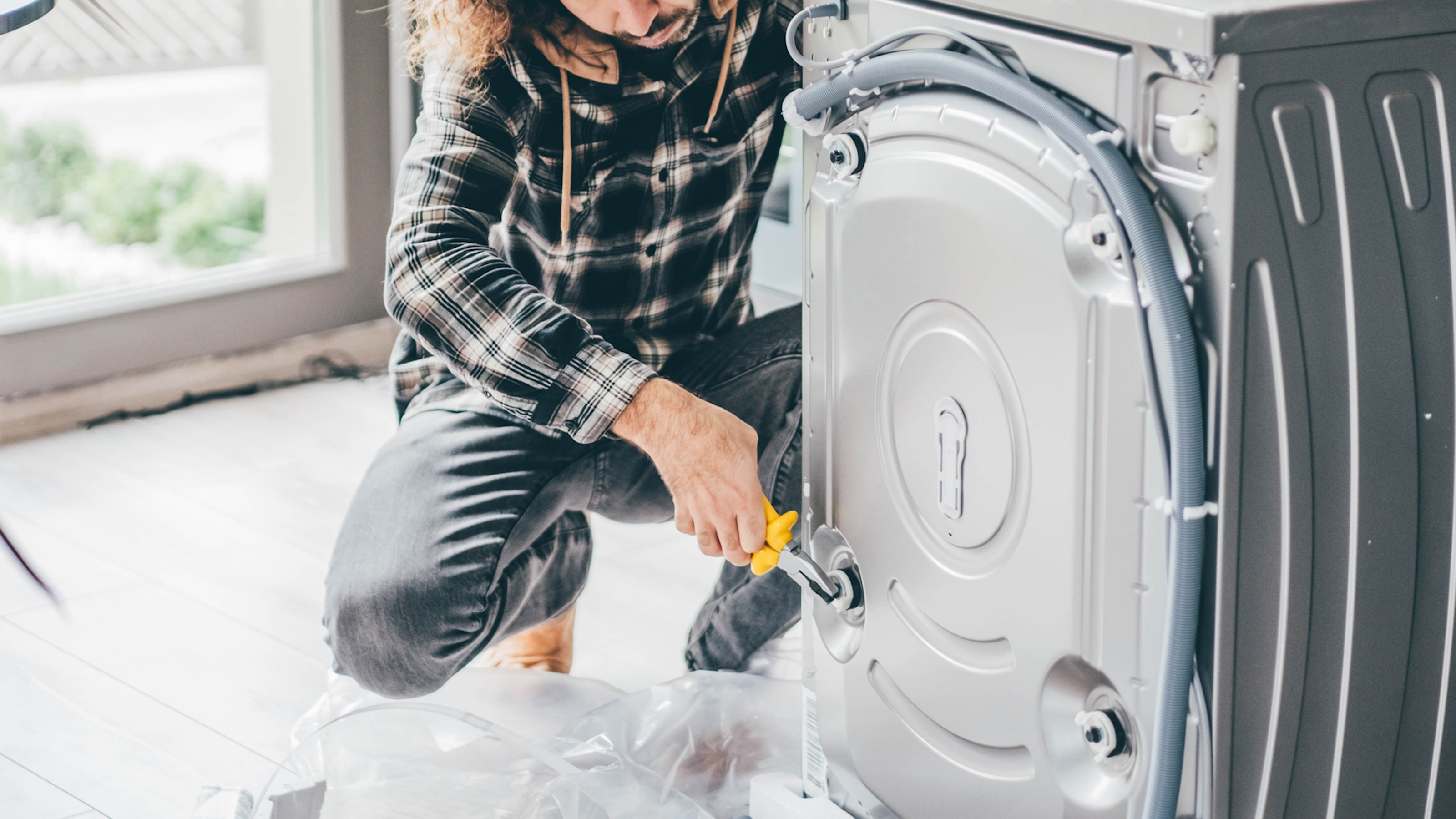
Though disconnecting a washing machine may seem like one of the most daunting tasks for a homeowner, the process can be made simple and straightforward with the right knowledge and approach. This guide enlists expert knowledge to walk you through the step-by-step process of disconnecting a washing machine with confidence.
From unplugging the machine to disconnecting the drain hose, we give you what you need to ensure a smooth and safe result. We will explore the necessary tools and supplies, the precautions to consider, and the best practices for disconnecting the water supply and drain hoses.
Robert Walden, appliance expert and electrician, advises: "If you have an integrated washing machine built into cabinetry, it's crucial to check for any additional connections, such as electrical wiring or plumbing. These may require careful disconnection according to the manufacturer's instructions."
"When in doubt, consult a professional to avoid damaging your machine or home."
"Most of the best washing machines should be able to be disconnected similarly," he reassures. "The only difference is usually the hose's size, shape, or material, with some machines having two pipes with markings to distinguish between hot and cold water."
So, whether you're a seasoned DIY enthusiast or a first-time washer disconnector, this guide empowers you with the knowledge and skills to tackle this task effectively, whether you're preparing for a new installation or simply need to move your appliance to a different location.
The tools you'll need for disconnecting a washing machine
Learning how to disconnect a washing machine can be a straightforward task, providing that you have the right tools for the job.
Sign up to receive the latest news, reviews, buying guides and deals direct to your inbox
- An old towel and bowl
- Duct tape (like The Original Duck Tape Brand Duct Tape, 1-Pack, $9.95 on Amazon)
- Spanner (to loosen any bolts)
- Sack truck (if you're attempting to move your machine alone)
Quick steps to disconnect a washing machine
- Unplug the washing machine
- Turn off the water supply
- Disconnect the water supply hoses
- Disconnect the drain hose
- Tape the electric cord
- Remove the washing machine
Step by step guide: how to disconnect a washing machine
1. Unplug the washing machine
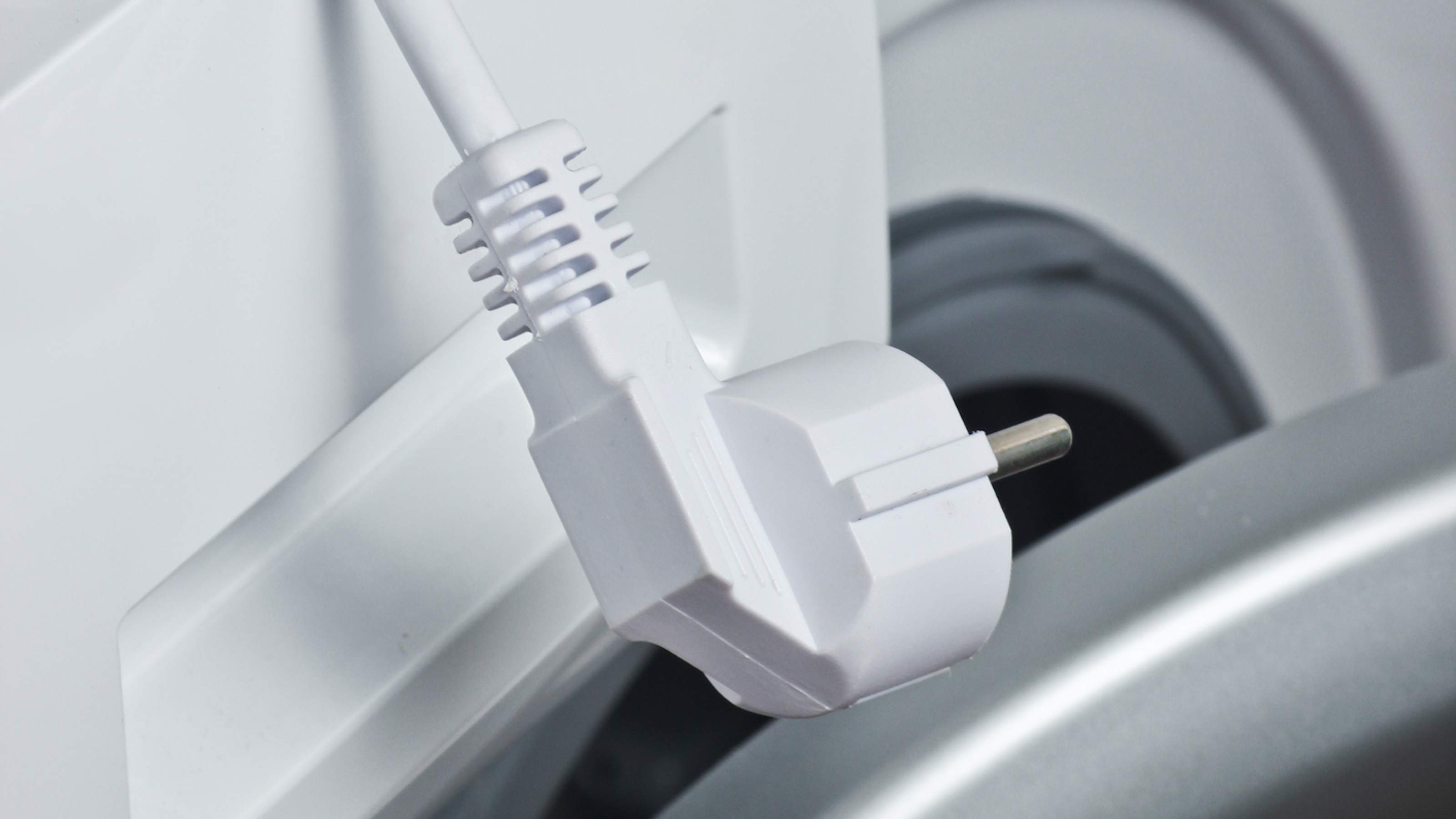
Start by unplugging the washing machine from the electrical socket to ensure safety during disconnection.
Walden underscores the paramount importance of safety. He advises, "Safety should always be the top priority. Before starting any work, unplugging the machine from the electrical outlet is crucial to eliminate the risk of electric shock.
"If your washing machine is hardwired, it's best to call a professional electrician to handle the disconnection, as dealing with electrical work can be dangerous if you're not fully confident in your skills."

Robert Walden is an expert mechanic, appliance expert, and electrician with over 16 years of experience. As the founder of Vehicle Freak, his extensive experience allows him to tackle everything from routine maintenance to complex repairs. His proficiency in electrical work is grounded in a deep understanding of circuitry and power systems, which he applies adeptly to vehicle diagnostics and household electrical repairs. This transition from automotive to appliance expertise utilizes his deep understanding of mechanical systems, troubleshooting, and maintenance, making him uniquely skilled in diagnosing and fixing various technical issues. He has been featured in USA Today, The Washington Post, Nasdaq, Forbes, Newsweek, and many other prominent publications.
2. Turn off the water supply
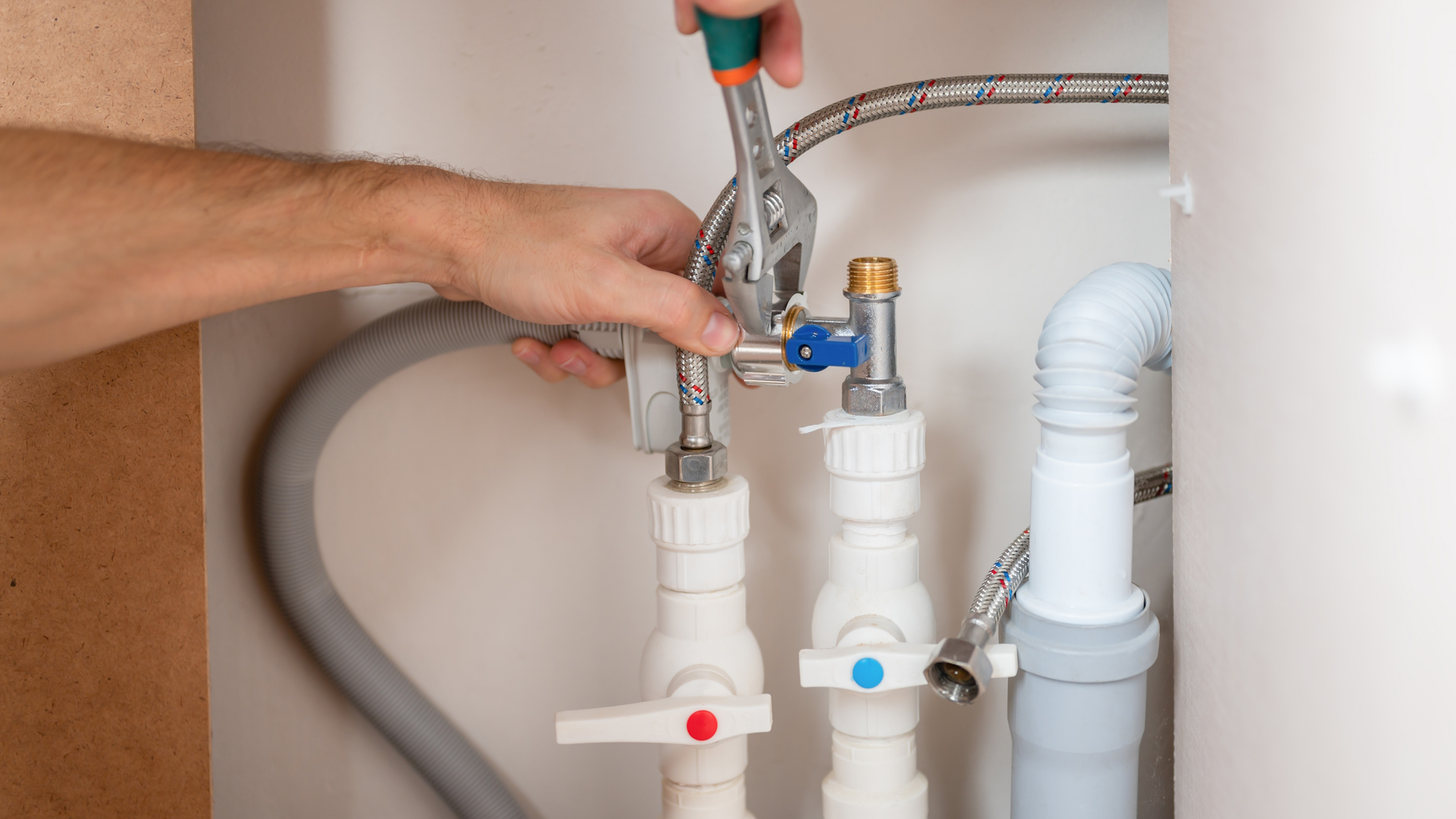
Locating the water supply valves connected to the washing machine and turning them off is a simple process that anyone can do. This will stop the water flow into the machine, preventing any potential leaks.
As Walden points out, one critical step often overlooked is shutting off the water supply. The cold and hot water valves, usually color-coded blue and red, should be turned clockwise until fully closed. Skipping this step can lead to significant water leaks and damage to your home, making it a step not to be missed.
David Rees, an appliances expert from HomeSupply, added: "Look in the cupboards near your washing machine to see if the machine water pipe or pipes are connected to a nearby sink's plumbing. This can be the case for some washing machines, but most will have two separate pipes at the back of the machine."
"If your washing machine is connected to the plumbing of a sink, the water pipe for this should have a tap where you can switch off the water supply."
"Older machines potentially have a red and blue pipe connected to hot and cold water pipes, and newer machines have a single grey pipe connected to the cold water supply."

David Rees has worked as the director of HomeSupply for almost twenty years. He is passionate about home improvement and prides himself on connecting customers with the best brands.
3. Disconnect the water supply hoses

After turning off the water supply, proceed to disconnect the water supply hoses from the washing machine. This will involve unscrewing the hoses from the machine's water inlet valves.
Walden said: "It's also important to be prepared for water drainage during the disconnection process. Place a large bucket under the hoses and keep towels nearby to catch any residual water that may spill when disconnecting the hoses. Failing to do so can leave you with a wet, slippery mess to clean up.
"Before disconnecting your washing machine, have a few buckets nearby to catch water at the end of pipes and towels you can place on the floor to mop up water spillages," Rees told us. "Carefully unscrew the pipe/s on the back of the machine and place these in a bucket. It can be beneficial to hold the pipe up and move it around a little to remove water."
4. Disconnect the drain hose
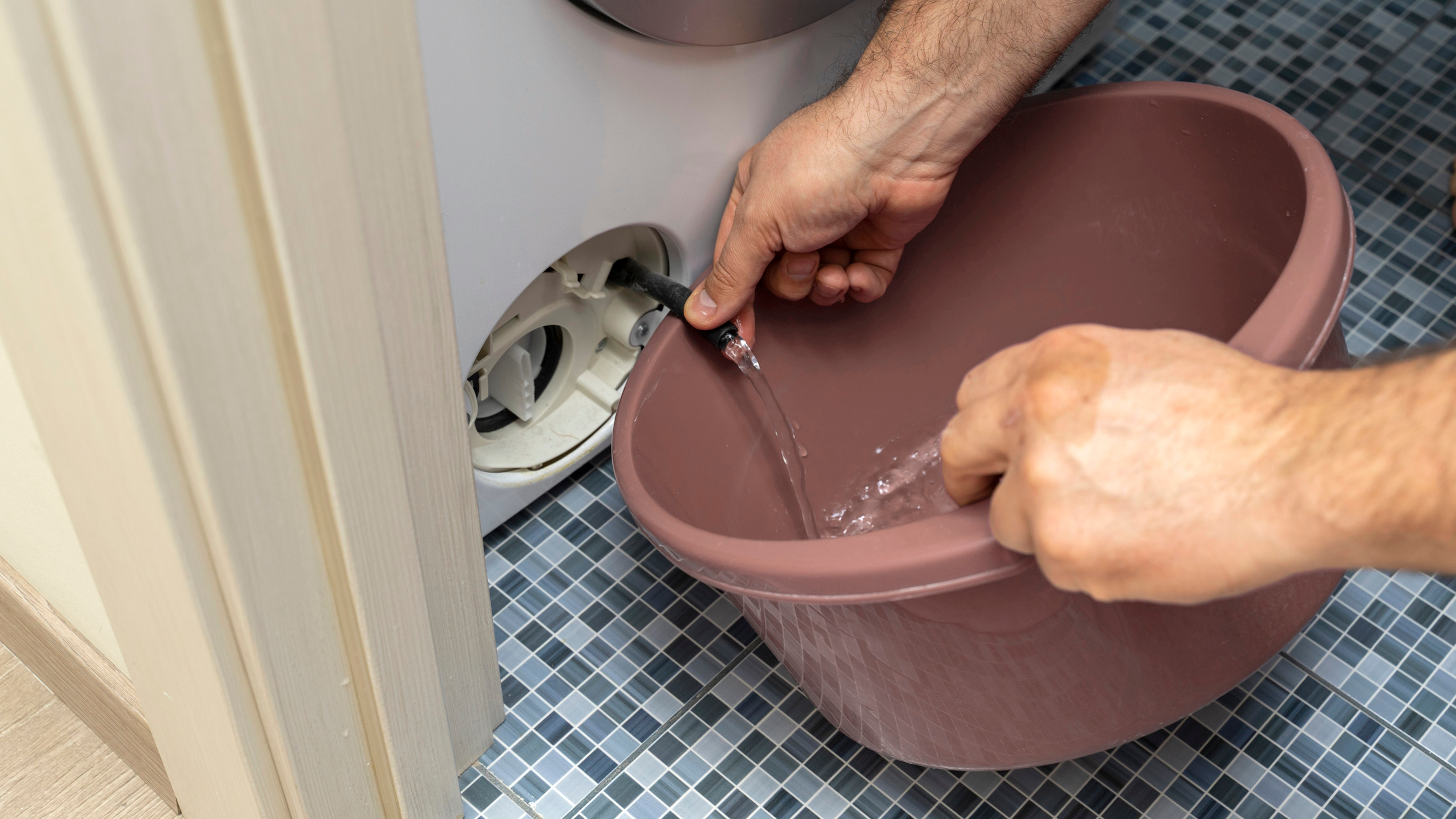
Next, disconnect the drain hose from the standpipe or waste pipe connector. It's crucial to be prepared for some water, so have a container or towel ready to catch any drips.
Rees said: "If your washing machine is full of water, drain it before disconnecting it. Top-loading machines can be harder to drain than front-loading machines and may require a water pump, hose, or wet vacuum. Front loading machines can usually be drained through the filter at the front of the machine, accessed by removing the bottom panel."
5. Tape the electrical cord
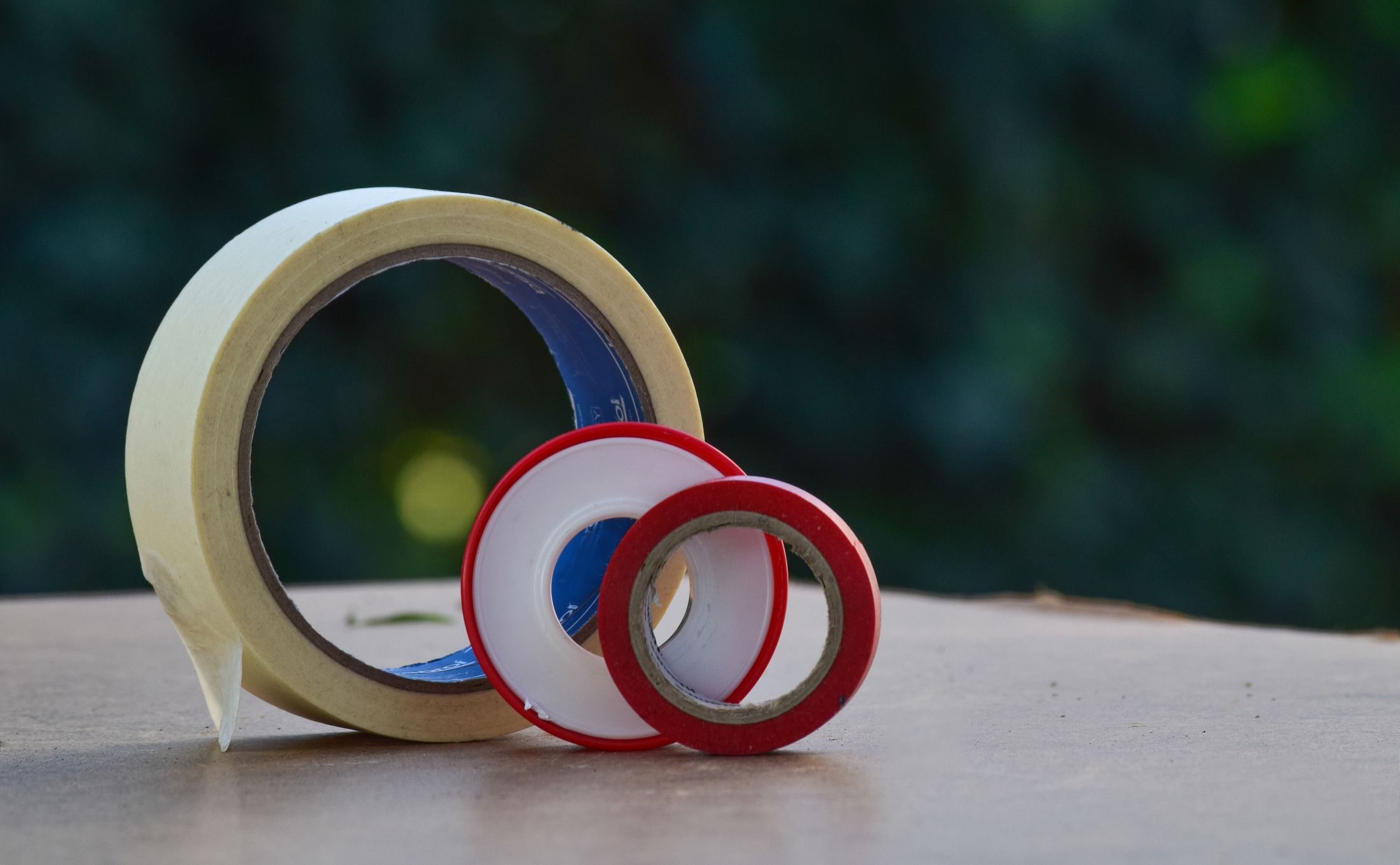
Use duct tape like this 3M tape from Amazon to secure the electrical cord to the back of the washing machine after unplugging it. This will prevent the cord from dangling or getting in the way during disconnection.
6. Remove the washing machine

With all the connections and hoses disconnected, carefully move the washing machine away from its current location. Remember, having someone assist you is not just advisable but crucial, as washing machines can be heavy and awkward to maneuver.
Walden said: "Never underestimate the weight of a washing machine. These appliances are much heavier than they appear, so if you plan to move the machine after disconnecting it, ensure you have adequate help or equipment to do so safely. Attempting to move a heavy machine on your own can lead to serious injuries, like a pulled-back muscle – trust me, it's no fun!"
"Washing machines are heavy appliances," Rees advises, "and it is recommended that you have at least two people to move the machine around or use a sack truck (Editor: like this super strong hand truck for $184.99 from Amazon) if you are by yourself."
FAQs
Can you disconnect a washing machine by yourself?
Yes, it is possible to disconnect a washing machine by yourself, and it's a task that many homeowners successfully undertake. However, it's important to approach the task with caution and follow safety guidelines. It's crucial to consider factors such as the weight of the machine, the presence of water in the hoses, and the need to secure the drum for transport if moving the machine to a new location.
Having a basic understanding of plumbing connections and electrical safety is also beneficial. If you're unsure about any aspect of the disconnection process, it's wise to consult the washing machine's manual or seek advice from a professional.
What's the best way to move a washing machine?
When moving a washing machine, it's essential to prioritize safety. First, secure the drum using transit bolts or foam per the manual's instructions, and ensure the machine is empty. Disconnect and secure the hoses and the electric cord.
Reviews
Whirlpool 24" Stainless Steel AI Dishwasher Review
Napoleon TravelQ PRO285 Portable Gas Grill review
Dreame L40 Ultra Robot Vacuum Cleaner and Mop review: almost hands-free cleaning
GE Profile Smart Mixer with Auto Sense review: a powerful, thorough mixer
Echo eForce DPB-2500 review: a leaf blower as a snow removal tool?
DPAS-2100 + Pro Paddle Attachment review: a new way to remove snow this winter?
Midea MAD53109APK 5.5QT Air Fryer review: a small, simple, and highly effective option
Eureka J15 Pro Ultra Robot Vacuum review: hands-free cleaning for busy families
It's crucial to use proper equipment, such as a dolly, moving blankets, or bubble wrap, to ensure a smooth and safe move. Enlisting at least one person to assist with the moving process is also advisable to ensure safety and prevent injuries.
When do you know it's time to replace your washing machine?
Several factors should be considered when deciding whether to replace your washing machine. If your machine is over 10 years old and requires frequent repairs, investing in a new, energy-efficient model may be more cost-effective. These newer models save you money in the long run and reduce your environmental footprint.
If you notice decreased performance in your current machine, such as clothes not being cleaned thoroughly, excessive noise, or leaks, it might be time for a replacement. Visible signs of rust or corrosion and a desire for technological advancements and new features are also strong indicators that it might be time for an upgrade.

Caroline is the Deputy Editor of Top Ten Reviews. Joining Future at the start of 2021, she has since served her time across all of the company’s home titles, including Real Homes, Ideal Home, Livingetc, and Homes & Gardens. Caroline has spent years testing out products for the home, which she trials in her cozy one-bedroom basement apartment in Suffolk, UK. She’s passionate about helping people choose the very best appliances, tech, and anything else that might make their lives easier, more cost-efficient, or just more fun.
